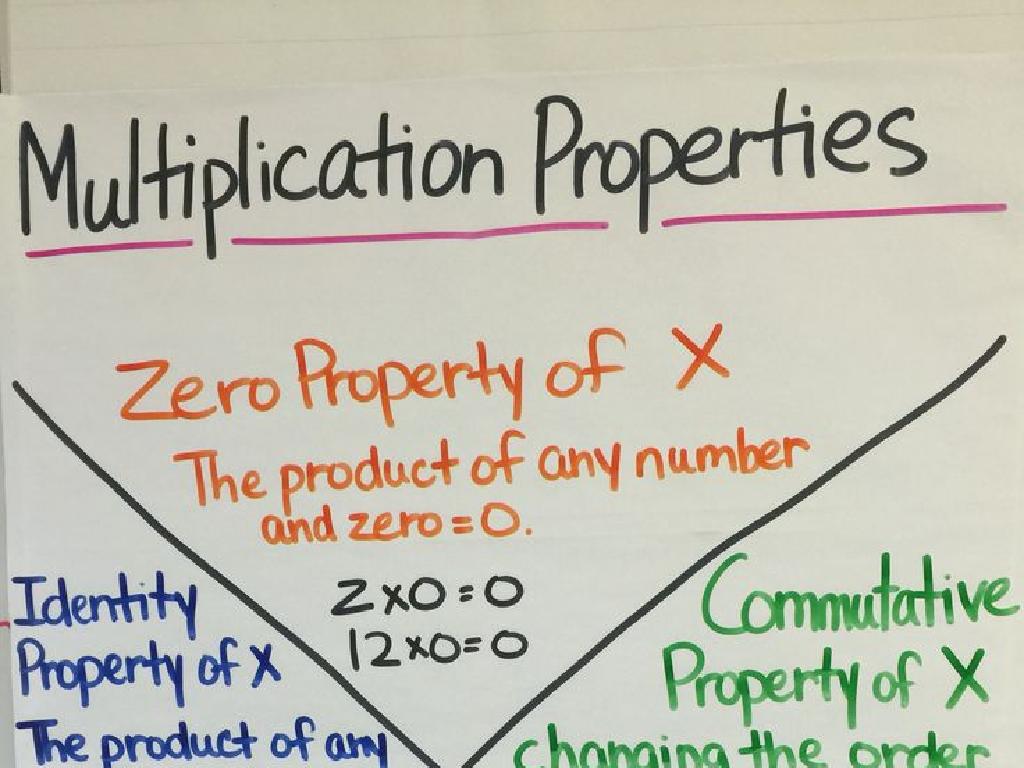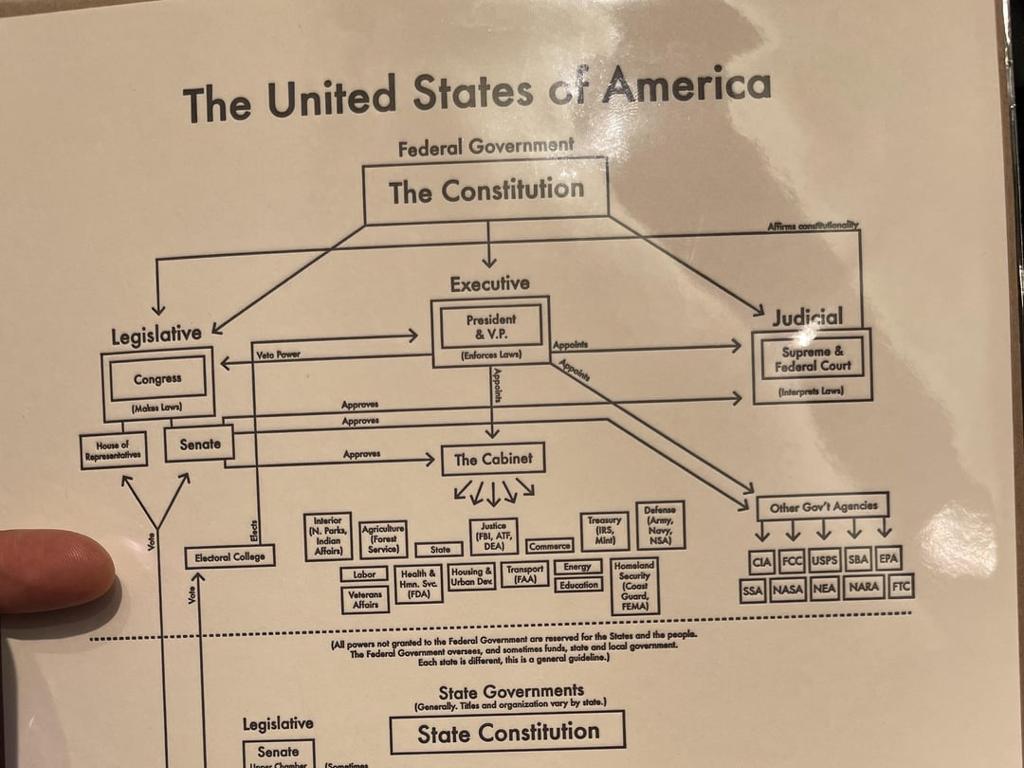Region Profile: The Middle East
Subject: Social studies
Grade: Sixth grade
Topic: The Middle East: Society And Environment
Please LOG IN to download the presentation. Access is available to registered users only.
View More Content
Exploring the Middle East
– Introduction to the Middle East
– A diverse area with rich history and culture.
– What defines a ‘region’?
– A region is an area with common features that set it apart.
– Middle East’s global significance
– Key player in world economics, politics, and religion.
– Discussing regional impact
|
This slide introduces the Middle East as a region of significant historical, cultural, and geopolitical importance. Begin by explaining the geographical scope of the Middle East and some of the cultural aspects that make it unique. Clarify the concept of a ‘region’ as an area defined by certain characteristics, such as physical, human, political, or economic features. Emphasize the Middle East’s role in global affairs, including its impact on energy resources, international relations, and religious history. Encourage students to think about how this region affects their own lives and the world at large. The discussion can also touch on the environmental challenges the region faces.
Exploring the Geography of the Middle East
– Locate the Middle East on a map
– Find the Middle East between Africa, Europe, and Asia
– Key geographical features
– Deserts, rivers, and mountains shape the land
– Climate variations across regions
– From arid deserts to Mediterranean climates
– Rich natural resources
– Oil, natural gas, and minerals are abundant
|
This slide aims to introduce students to the geography of the Middle East, a region of great historical and contemporary significance. Start by showing the Middle East on a world map, emphasizing its location as a crossroads between continents. Discuss the diverse geographical features, including the vast deserts like the Sahara, significant rivers such as the Nile and Tigris-Euphrates, and mountain ranges like the Zagros. Explain the region’s climate, from extremely dry deserts to areas with a Mediterranean climate, and how this affects the way people live. Highlight the Middle East’s wealth in natural resources, particularly oil and natural gas, which play a crucial role in the global economy. Encourage students to think about how geography can influence a region’s culture, economy, and global relationships.
Cultural Diversity in the Middle East
– Diverse languages spoken
– Arabic, Farsi, Turkish, Hebrew, and more
– Varied religions and cultures
– Islam, Christianity, Judaism, among others
– Traditional clothing examples
– Thobe, Abaya, Keffiyeh, and Turban
– Middle Eastern cuisine
– Hummus, Falafel, Kebabs, and Shawarma
|
This slide aims to introduce students to the rich cultural diversity of the Middle East. Emphasize the variety of languages spoken across different countries, highlighting Arabic, Farsi, Turkish, and Hebrew as examples. Discuss the main religions practiced in the region, such as Islam, Christianity, and Judaism, and how these contribute to the cultural practices and celebrations. Show examples of traditional clothing like the Thobe and Abaya, and discuss their significance. Introduce students to popular Middle Eastern dishes that they may recognize, such as Hummus and Falafel. Encourage students to explore more about the region’s culture as part of their learning journey.
Historical Significance of the Middle East
– Middle East: Cradle of Civilization
– Known as the birthplace of the earliest civilizations, like Mesopotamia.
– Ancient Civilizations and Empires
– Home to the Babylonians, Assyrians, and Persians, among others.
– Key Historical Events
– Includes the rise and fall of empires, wars, and the discovery of oil.
– Impact on Modern Society
– These events shaped the cultural and political landscape of today’s world.
|
This slide aims to provide students with an overview of the Middle East’s rich historical background. Emphasize the region’s role as the birthplace of civilization, with early societies like Mesopotamia laying the groundwork for modern cities and governance. Discuss the succession of influential empires that controlled the region and their contributions to law, language, and culture. Highlight significant events such as the rise and fall of empires, the impact of wars, and the discovery of oil, which have had lasting effects on global politics and economics. Encourage students to consider how these historical elements have shaped the current societal and environmental context of the Middle East.
Exploring the Modern Middle East
– Countries and capitals today
– Learn about nations like Saudi Arabia (Riyadh), Egypt (Cairo), and others.
– Main economic activities
– Agriculture, oil, and tourism drive the economy in different countries.
– Industries shaping the region
– Oil, textiles, and technology are key industries in the Middle East.
– Current events with global effects
– Conflicts, trade, and diplomacy in the Middle East affect the whole world.
|
This slide aims to provide students with an overview of the modern Middle East, focusing on the region’s countries, capitals, economies, and current events. Students should understand the diversity of the region, with each country having its own unique capital and cultural identity. The economic activities vary from country to country, with some relying heavily on agriculture, while others benefit from oil and tourism. Key industries also differ, with oil being a major export for some and textiles and technology being important in others. Current events, such as political conflicts or trade agreements, can have a significant impact on the global stage. Encourage students to explore these topics further by researching a specific country or current event for a class presentation or report.
Environmental Challenges in the Middle East
– Scarcity of water resources
– Water is limited due to climate and geography.
– Environmental impact of oil
– Oil production can lead to pollution and habitat destruction.
– Regional conservation efforts
– Efforts include desalination and wildlife protection.
|
This slide addresses the critical environmental issues facing the Middle East. Emphasize the scarcity of water as a result of the region’s arid climate and limited freshwater sources. Discuss how the extraction and production of oil, while economically vital, can have detrimental effects on the land and ecosystems, including oil spills and air pollution. Highlight the conservation measures being taken, such as the development of desalination plants to provide fresh water and initiatives to protect endangered species. Encourage students to think about the balance between economic development and environmental protection. Provide examples of how these challenges affect daily life in the Middle East and the global implications of these environmental issues.
Class Activity: Create a Middle East Region Profile
– Divide into research groups
– Each group focuses on a unique aspect
– Culture, geography, economy, or history
– Create a poster of your findings
– Include facts, images, and key points
– Present your profile to the class
|
This activity is designed to encourage collaborative learning and research skills. Students will divide into small groups, with each group assigned a different aspect of the Middle East to research, such as its culture, geography, economy, or history. They will then create a poster that highlights the most important information and interesting facts they have found. This can include images, charts, and bullet points. Finally, each group will present their findings to the class, facilitating a discussion and deeper understanding of the Middle East. Possible activities for different groups could include creating a cultural map, a timeline of historical events, a chart showing economic resources, or a collage of traditional Middle Eastern clothing.






